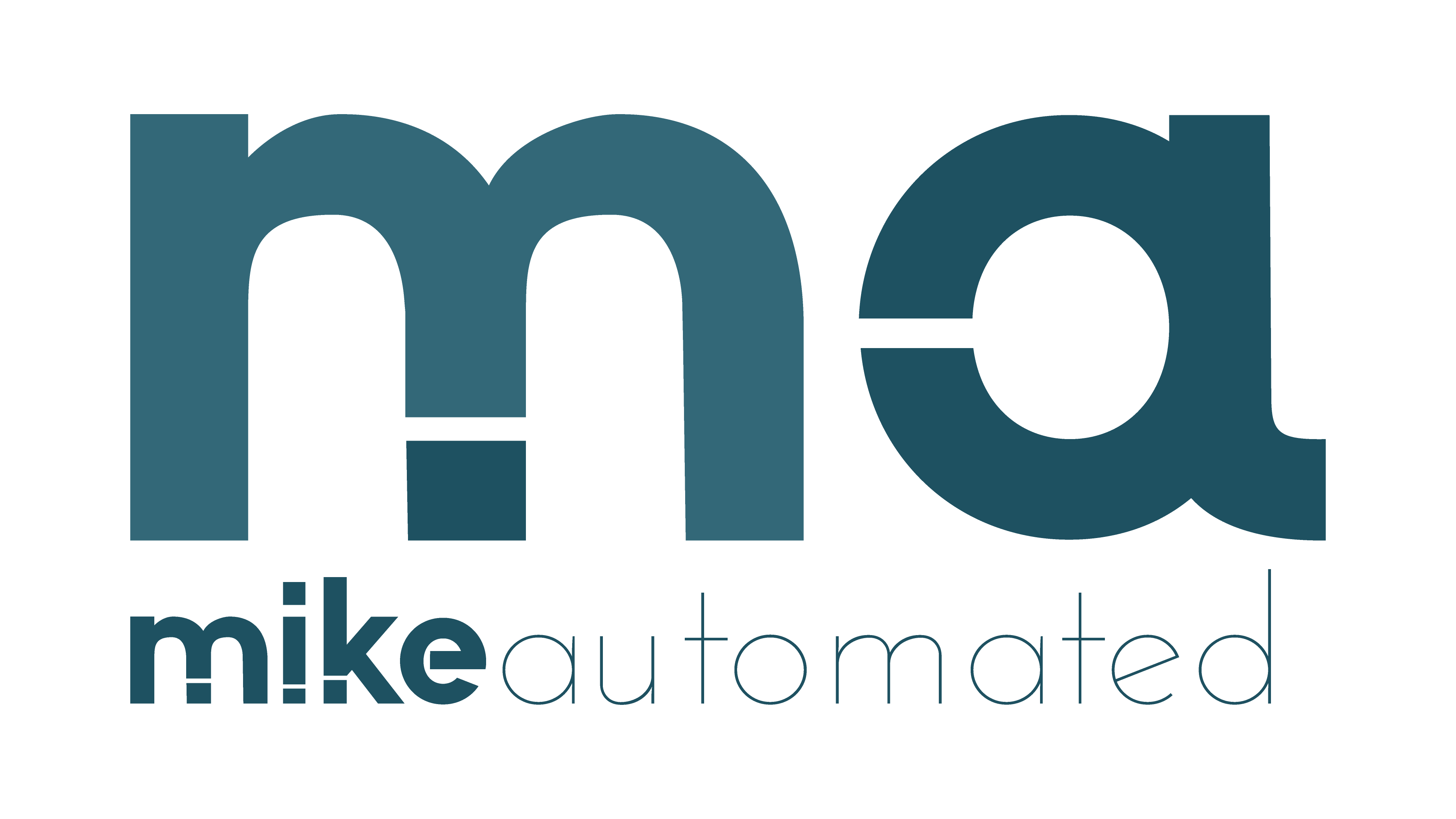TL;DR:
- Assess costs: Evaluate both direct and hidden expenses like software, infrastructure, and talent acquisition.
- Measure ROI: Define clear KPIs to track performance and tangible value from AI investments.
- Start small: Pilot programs can test feasibility before larger-scale implementation.
- Focus on strategy: Align AI adoption with long-term business goals for sustainable growth.
- Prepare teams: Upskill employees and encourage collaboration with AI tools.
What Are the Costs of AI Adoption?
AI integration isn’t a one-size-fits-all process, and its expenses can vary based on use cases and business needs. To better gauge the costs, companies must look at three critical areas of investment: direct costs, hidden costs, and ongoing expenses.1. Direct Costs
Organizations face upfront costs, including fees for AI software, hardware, and employee onboarding. The type of tools used—whether off-the-shelf software or customized AI solutions—can influence these numbers significantly. For instance, subscription-based AI software might cost $1,000–$10,000 monthly depending on functionality.- Hardware: Systems requiring advanced computing (e.g., GPUs for machine learning) often demand high investment in servers or cloud-based processing power like AWS or Google Cloud.
- Development: Designing custom AI tools involves hiring data scientists, developers, and engineers—roles averaging $100,000–$150,000 annually.
2. Hidden Costs
Beyond upfront expenses, companies often overlook hidden costs arising from challenges such as data preparation and team adaptability.- Data Cleaning: Before AI can deliver value, data must be clean, structured, and accessible. This can be labor-intensive and costly, requiring additional support from data experts.
- Employee Upskilling: Training existing employees to use AI effectively, or recruiting new talent familiar with advanced systems, represents a long-term investment.
3. Ongoing Costs
AI isn’t static technology; maintaining and optimizing solutions requires continual investment. Common ongoing costs include:- Licensing and Subscriptions: SaaS platforms charge annually or monthly for continuous access and updates.
- Maintenance: Regular system upkeep, monitoring, and scaling ensure performance remains robust regardless of changing needs.
What Is ROI in the Context of AI?
To determine if AI adoption is worth the expense, businesses must evaluate their return on investment (ROI). ROI reflects the financial and operational benefits gained relative to the costs incurred. Here’s how companies can assess it:1. Define Key Performance Indicators (KPIs)
KPIs measure the impact of AI-driven initiatives. Examples include:- Revenue Growth: Increased sales resulting from improved targeted marketing.
- Cost Reduction: Operational savings achieved via automated processes.
- Customer Satisfaction: Measurable improvements in feedback after deploying AI-powered chat support.
2. Look for Tangible Benefits
While some benefits of AI, like better decision-making, are intangible, there are specific areas where financial value becomes apparent:- Time Savings: Automating repetitive tasks like data entry or email sorting can boost productivity, saving employees most of their time.
- Error Reduction: AI algorithms have lower error rates than human operators in areas like inventory management or financial predictions, reducing costly mistakes.
Strategies to Maximize ROI From AI
Preparing for successful AI adoption involves more than simply implementing solutions. Here are strategies tailored to ensure a successful cost-to-benefit balance:1. Start With Pilots and Proof of Concept
Organizations often achieve greater ROI by implementing small-scale AI solutions before expanding. Pilot programs allow businesses to:- Identify technical limitations early.
- Gather performance data for broader scaling decisions.
- Pinpoint bottlenecks and optimize processes incrementally.
2. Focus on High-Impact Areas
Direct AI implementation toward processes where the impact is most tangible. For example:- Customer Service: AI chatbots can handle high volumes of customer queries at lower costs.
- Supply Chain Optimization: Predictive analytics minimize disruptions and ensure timely delivery.
3. Build Cross-Functional Teams
An aligned workforce ensures AI adoption delivers sustainable results. Collaboration between data analysts, software engineers, and key business decision-makers ensures AI tools meet organizational goals. Additionally, upskilling employees to manage and interact with AI builds internal expertise, reducing reliance on external consultants.Should Every Business Invest in AI?
The short answer is: not necessarily. While AI offers transformative potential, not every organization has the infrastructure or need for large-scale AI systems. Consider the following before proceeding:1. Business Size and Budget
Small businesses may struggle to justify the cost of expensive AI solutions. In such cases, more affordable, off-the-shelf tools may suffice. For instance, simple automation platforms like Zapier or Hootsuite still deliver meaningful productivity gains without requiring deep technical expertise.2. Industry-Specific Applications
Sectors like health care, finance, and manufacturing often benefit disproportionately from AI implementation due to high data volumes and complexity. In contrast, industries with low data dependency may see less significant returns.3. Scalability
Don’t adopt AI solely to keep up with trends. A business should ensure infrastructure and personnel are ready to manage future-scale challenges. Assess whether projected benefits will significantly outpace costs.How to Start AI Adoption in Your Company
Are you ready to explore AI implementation for your business? Here are the first steps to take:- Conduct a Feasibility Study: Assess potential AI use cases and identify organizational challenges AI could address.
- Budget Assessment: Establish a financial plan that considers upfront, hidden, and ongoing costs.
- Research Vendors: Compare providers, focusing on scalability and support for long-term goals.
- Gather Feedback: Engage employees and stakeholders to ensure alignment and address concerns about AI deployment.



